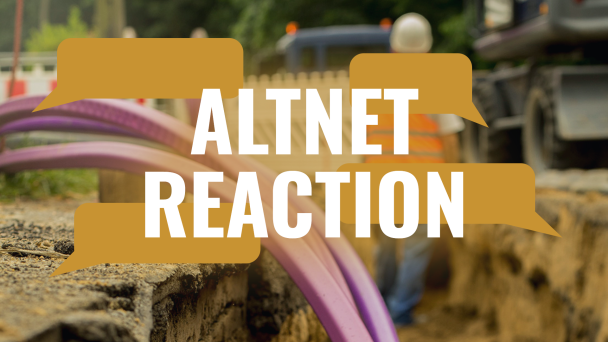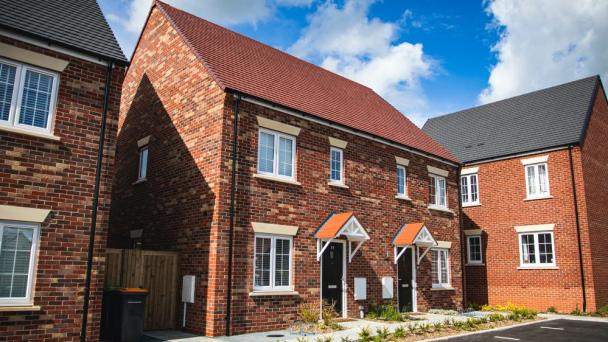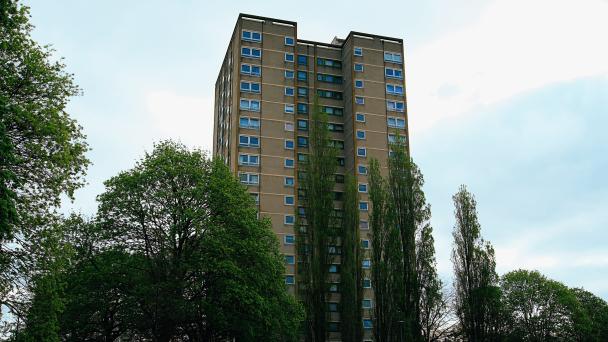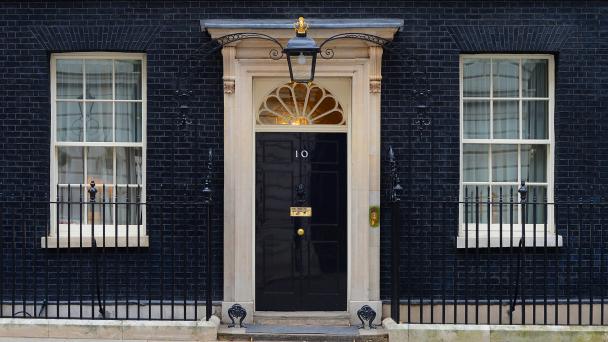
New homes in England will be built with gigabit broadband connections and providers will be able to get faster broadband into blocks of flats following new laws the government has brought into force.
Amendments to the Building Regulations 2010 mean landlords are legally required to future-proof new homes in England for gigabit broadband as standard practice during construction.
Connection costs will be capped at £2,000 per home for developers (covering around 98% of premises) and they will work together with network operators to connect developments to the gigabit network.
Where a developer is unable to secure a gigabit-capable connection within the cost cap, developers must install the next fastest connection available.
Where a gigabit-capable connection is not available within the cost cap, infrastructure such as ducts, chambers and termination points, still needs to be installed.
Furthermore, the Telecommunications Infrastructure (Leasehold Property) Act makes it easier for broadband providers to gain access to install equipment in blocks of flats when a faster connection is requested by a tenant.
Broadband companies have said around 40 per cent of their requests for access to install connections receive no response.
It is estimated that an extra 2,100 residential buildings a year will be connected as a result.
Digital Infrastructure Minister Julia Lopez said: “Millions of renters will no longer be prevented from getting a broadband upgrade due to the silence of their landlord, and those moving into newly built homes can be confident they’ll have access to the fastest speeds available from the day they move in.”




